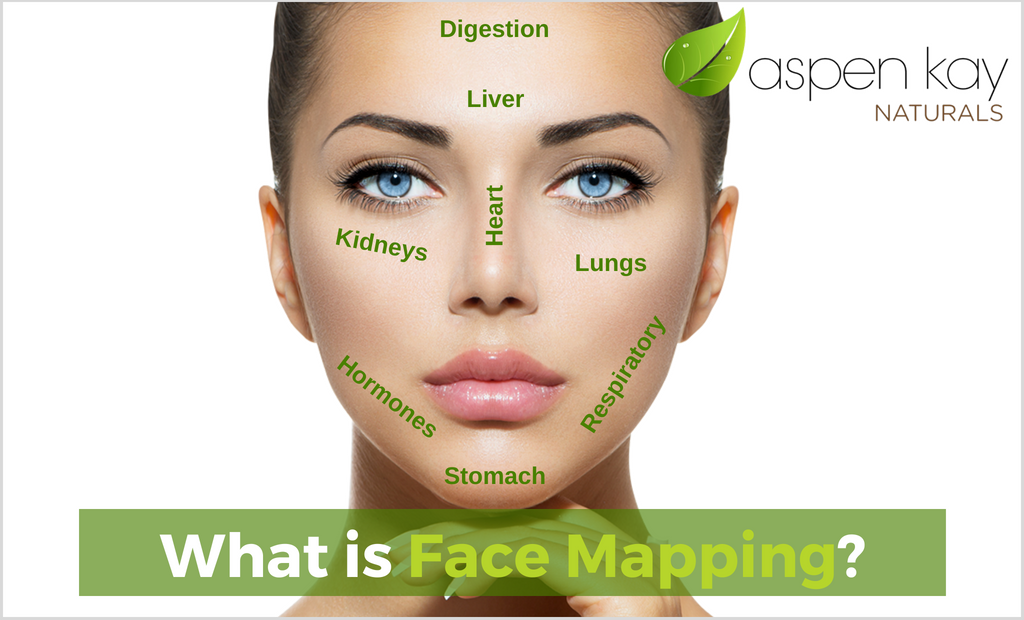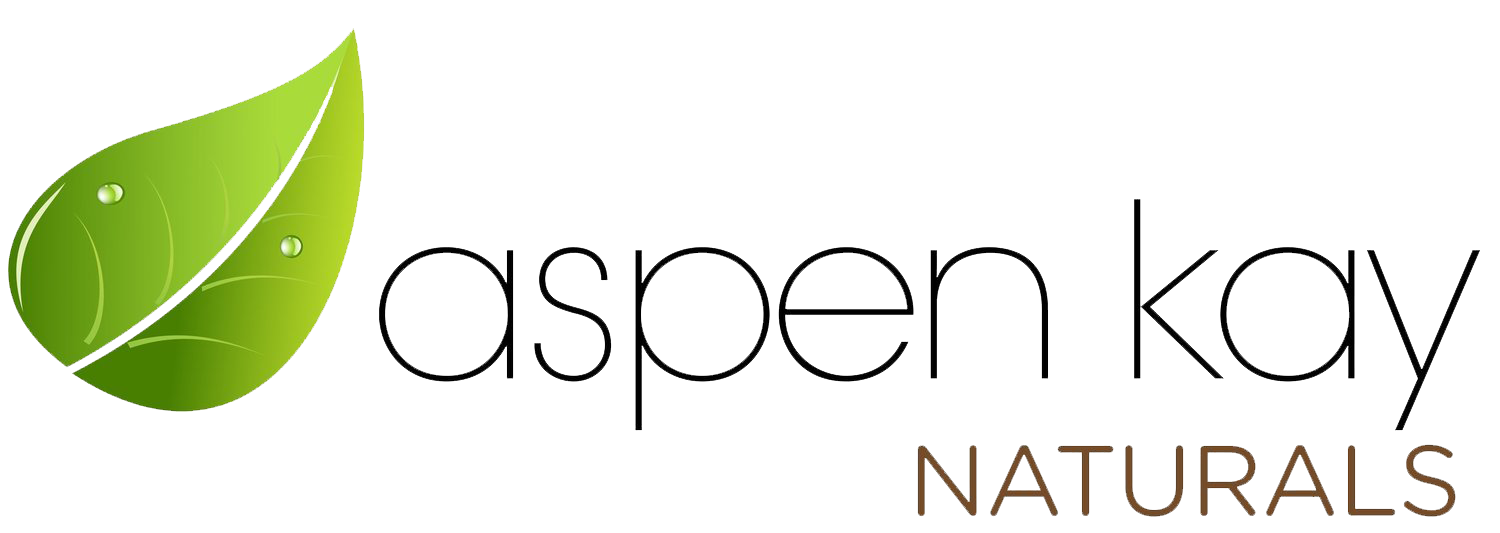
What is Face Mapping?
St. Jerome once said, “The face is the mirror of the mind, and eyes without speaking confess the secrets of the heart.” As one of your most prominent physical features, your face undoubtedly conveys a great deal about your thoughts and emotions. As it turns out, your face may also reveal important information about your overall health. If you stay tuned in to the beauty world, you may have heard about face mapping. This time-honored tenet of Traditional Chinese Medicine has recently experienced a resurgence in popularity and interest all around the world. At Aspen Kay Naturals, we’re committed to helping our customers enjoy every advantage of holistic health care, leveraging the latest knowledge to your benefit. That’s why we make our soaps by hand with the highest quality organic ingredients. In the following blog, we explore the essentials of face mapping, take you through the history of this technique, and explain how we can help you improve your wellbeing.
Face Mapping 101
When you hear the term “face mapping,” you might imagine a giant globe rolling over your features or an advanced machine scanning your profile with precision. In fact, this method is as simple as it is powerful. According to Refinery29,“ ‘face mapping is the ability to see the reflection of the body’s organs on each part of the face by observing the face’s complexion - such as luster, dullness, and color [and breakouts!] - as well as the tongue and face expression.’” The concept is that, to the trained eye, your facial skin reflects your general health, so “ where you’re breaking out is a reflection of what’s going on in your body.” As Mind Body Green explains, face mapping practitioners utilize “nuanced observational diagnoses to quickly narrow down symptoms to specific imbalances within the body and help prevent or correct future disease.”
The basic concept is that assuming you take proper care of your face, if you suffer from recurrent acne or other skin conditions in a specific region, this could be due to a more holistic problem. Face mapping typically divides the face into zones, each of which represents a different area of the body. For example, according to Mind Body Green, if you have persistent forehead skin problems, this could mean “gallbladder and liver issues,” while acne around the eyes could correspond to “joint problems, intestinal issues, [and] thyroid problems.”
The Ancient History of Face Mapping
While it may seem like a new trend, Traditional Chinese Medicine practitioners have been using face mapping for centuries. She Knows notes that the Chinese term for this approach is “ mien shiang - which quite literally translates to face reading.” This method is related to acupuncture and Ayurvedic medicine, which have also existed for many hundreds of years. The Book of Research online journal describes face mapping as “a 3000-year-old Taoist practice” and explains how “face mapping is rapidly taking center stage at spas and clinics,” especially when it “combines ancient Chinese medicine and clinical dermatological procedures.”
The Book of Research also outlines the basic philosophy behind face mapping in medicine: “The earliest book on Chinese medical theory, The Yellow Emperor’s Inner Classic, otherwise known as Nei Jing, by Kwang-Ti, dates back to around 2500 B.C. This book describes how the Chinese view symptoms in relation to the whole body, not as isolated problems to be dealt with on an individual basis.” Given this holistic, integrated approach to health, it follows that facial qualities could relate to specific organs or types of conditions occurring in other areas of the body or throughout the entire body. From this viewpoint, practitioners of face mapping have been using the face as signals and clues to try to help enhance patients’ overall well-being for thousands of years.
How Aspen Kay Can Help
Refinery29 notes that before you have your face mapped, you “ ‘need to make sure that any dark spots or acne aren’t caused by poor hygiene or a skin infection.’” If you’d like to see what mien shiang can do for you, you’ll need to make sure your facial skin is in top shape. To do so, we recommend cleansing with our handcrafted, organic bar soaps, then moisturizing with our Face & Body Moisturizer, whose natural, unscented formula is designed for sensitive skin. You can also use our Hydrate, Calm, Glow, and Balance face oils to keep your skin youthful. Once you’ve learned more about what your body needs, you can also align your cleaning regimen to your health with our wide array of soaps. For example, if you need to reduce inflammation, you might use our Aloe Vera & Calendula Bar Soap, or, if you need to improve your sleep, you could try our soothing Lavender & Goats Milk Bar Soap. Both before and after your face mapping, AspenKay Naturals’ products can help you keep your skin healthy and radiant.
Are You Ready for a Healthier Face and Body?
Face mapping may teach you more about your body so you can take charge of your wellbeing. Whether you’re planning to engage in mien shiang or not, AspenKay Naturals can help you take excellent care of your skin. Order your handcrafted soap, natural moisturizer, body oil, or another of our outstanding products today!

